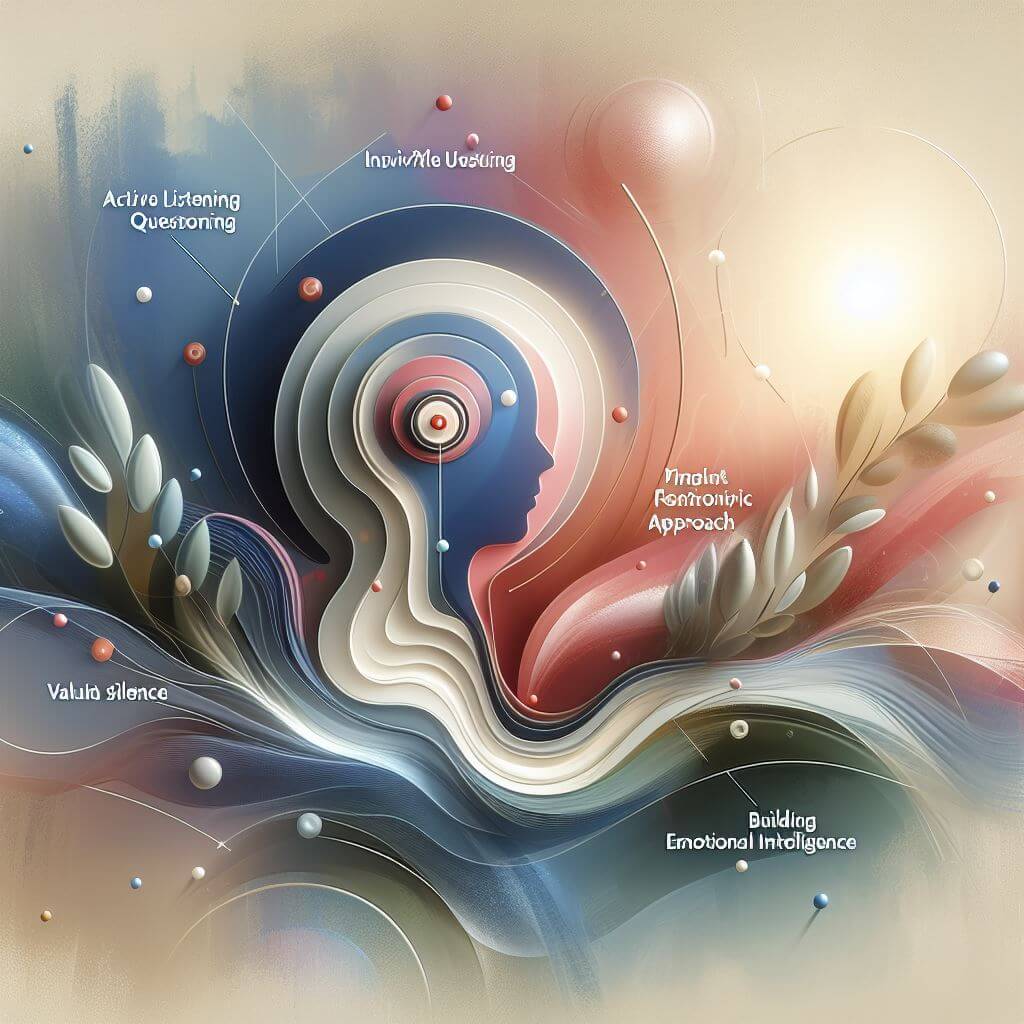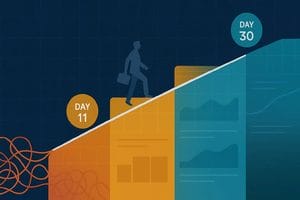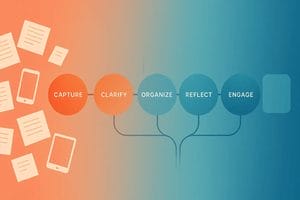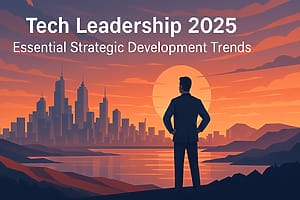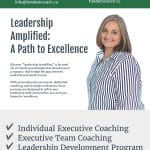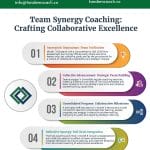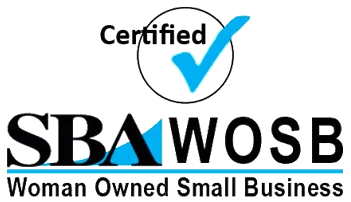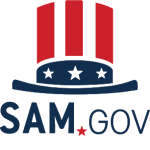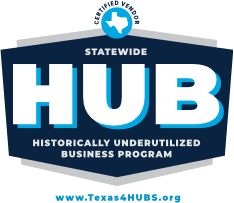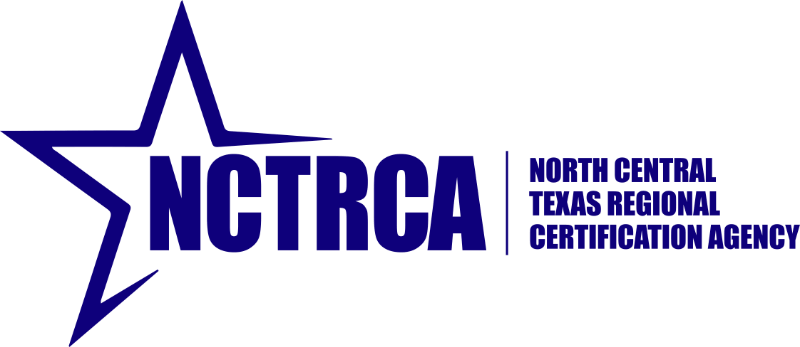What if every employee in your organization could grow, thrive, and reach their potential while fully aligning with your company’s overall goals?
An employee development plan is designed to do just that by offering targeted growth opportunities that boost skills, satisfaction, and productivity in line with the company’s values. By putting together a plan that recognizes both organizational needs and individual aspirations, you’re empowering your workforce while also promoting a culture of continuous improvement.
In this guide, you’ll discover strategies, tips, and examples for creating effective development plans that meet the diverse needs of your team and drive sustainable success.
TL;DR – How to Create a Development Plan with Employees
Creating a well-rounded development plan helps employees grow in a way that aligns with their career goals and your organization’s needs. Any employee who wants to further develop themselves should get the chance to do so. Development plans should be created collaboratively to ensure that the needs of the employee and the organization are both met optimally.
Here’s a few tips for how you can create a development plan together:
- Understand Organizational Goals: Ensure alignment between employee growth and business objectives.
- Assess Skills and Abilities: Identify strengths and areas for improvement together.
- Set SMART Goals: Goals should be Specific, Measurable, Achievable, Relevant, and Time-bound.
- Define Development Activities: Include training, mentoring, and/or hands-on projects.
- Create a Timeline: Establish a schedule for completing goals.
- Track Progress and Adjust as Needed: Meet regularly to evaluate and adapt plans.
- Encourage Engagement: Keep employees actively involved in their development journey at every stage.
Read on for a closer look at each step.
If you’re ready to enhance your team’s growth, reach out to us today! With years of experience in leadership development and team coaching, we can help you understand the nuances of collaboratively creating an efficient development plan.

What is an Employee Development Plan?
An employee development plan is a structured approach to help your employees enhance the skills they most want to improve, achieve career aspirations, and contribute more effectively to your organization’s success.
Unlike simple goal-setting, a development plan focuses on the “how” and the “why” behind personal growth, ensuring employees get to develop competencies aligned with organizational needs and their professional ambitions.
Typically, it is created collaboratively with the respective employee and includes measurable objectives, action steps, timelines, and periodic meetings to assess progress together.
Read our dedicated article if you’d like to know more about a leadership development action plan specifically.

Employee Development Plan Examples
Here are several examples of tailored employee development plans:
Sales Representative Development Plan
Here’s what a development plan for a sales rep might look like:
- Goal: Improve presentation skills.
- Action Steps: Attend a presentation workshop; present to three new prospects weekly.
- Timeline: 6 months with feedback-based assessments.
Marketing Coordinator Development Plan
Here’s an example of a development plan for a marketing coordinator:
- Goal: Transition into management.
- Action Steps: Complete a leadership program; lead small projects.
- Timeline: 12 months with quarterly reviews.
Engineer Development Plan
This is what you might put together for an engineer:
- Goal: Shift to project management.
- Action Steps: Obtain PMP certification; join a mentorship program.
- Timeline: 18 months, tracking certification and mentorship milestones.
New Employee Development Plan
A new employee could benefit from this kind of plan:
- Goal: Integration into the company.
- Action Steps: Define expectations for 30, 60, and 90 days; assign a mentor.
- Timeline: First 90 days with evaluations at each phase.
Performance Improvement Plan (PIP)
A performance improvement plan is often a last attempt to turn around the performance of an underperforming employee:
- Goal: Address performance issues.
- Action Steps: Set clear targets; include training and peer feedback.
- Timeline: 30-90 days with weekly progress reviews.
These examples show how plans can be customized to fit specific roles and objectives, ensuring employees have a clear growth path that benefits both them and the organization.
What is a Growth Action Plan?
A growth action plan is part of the broader development plan and focuses specifically on short-term, actionable steps your employee can take to develop a particular skill or achieve a concrete goal.
Growth action plans are often used as “mini-goals” within an employee development plan, helping to break down larger objectives into achievable steps.
For example, if an employee aims to improve their public speaking skills, their growth action plan might involve attending a workshop, practicing in team meetings, and delivering a presentation within three months.

Why is Employee Development Important?
Investing in employee development is beneficial for multiple reasons:
- Boosts Productivity: Well-developed employees perform their jobs more efficiently and effectively.
- Enhances Retention: Employees who see growth opportunities are more likely to stay with the organization.
- Aligns Goals: Development plans help employees align their growth with organizational objectives.
- Encourages Engagement: Employees involved in their growth process tend to be more motivated and engaged in their roles.
- Builds Future Leaders: Development plans help identify and prepare potential leaders, ensuring a steady talent pipeline.
A strong development culture not only improves individual performance but also contributes to the organization’s overall success and adaptability.

How to Set Employee Development Plan Goals
Setting the right goals is foundational to an effective development plan.
Here are tips for collaboratively setting impactful goals:
- Make Goals SMART: To ensure clarity and focus, goals should be specific, measurable, achievable, relevant, and time-bound.
- Align with Career Aspirations: ensure that goals align with the employee’s personal growth desires as much as with the organization’s needs.
- Break Down Goals: Split larger goals into manageable tasks with short-term milestones.
- Focus on Skill Development: when defining goals, remember to encourage the employee to build skills applicable to their current and potential future roles.
- Incorporate Regular Feedback: Goals should include checkpoints to provide feedback from both sides and make adjustments as necessary.

Employee Development Plan Ideas for the Workplace
To create a development-friendly workplace, consider implementing the following ideas:
| Type | Format | Benefit |
| Mentorship Programs | One-on-one pairing | Provides guidance and support, fosters personal growth |
| Cross-Training | Department rotation | Expands skills and knowledge, increases adaptability |
| Lunch-and-Learn | Informal sessions | Encourages continuous learning, builds team camaraderie |
| Leadership Workshops | Formal workshops | Prepares employees for advancement, strengthens leadership skills |
| On-the-Job Projects | Project-based assignments | Provides hands-on experience, boosts problem-solving abilities |
These ideas can create a culture of learning and growth, integrating employee development into everyday work life.
You might also be interested in our article on leadership development activities.

How to Create a Development Plan with an Employee
Creating an employee development plan requires a strategic approach.
Here’s a step-by-step guide:
1. Understand Organizational Goals
Before creating any development plan, identify key areas where the employee’s development goals can support the company’s mission and long-term vision. By aligning individual growth goals with organizational goals, you ensure that the development plan benefits both the employee and the success of your organization.
For instance, if the company is expanding into new markets, employees may need training in cross-cultural communication or market research.
2. Assess Employee Skills and Abilities
The next step is assessing the employee’s current skills, abilities, and performance levels together. This can involve a meeting where you review past performance evaluations, look at feedback from peers and managers, and discuss the employee’s own view of their strengths and areas for improvement.
By identifying the employee’s current status, they can better determine what skills need development and which existing strengths can be further enhanced. This assessment creates a foundation for setting realistic and meaningful goals together.
If you need help with the assessments, we have plenty of experience at Tandem Coaching and are happy to support you. You can read more about this in our article on leadership development tools.
3. Set SMART Goals
Once you clearly understand organizational needs and the employee’s skill set, collaborate to set specific, measurable, achievable, relevant, and time-bound (SMART) goals. These goals should align with the employee’s personal aspirations and the organization’s objectives.
For example, instead of a vague goal like “improve leadership skills,” a SMART goal might be “complete a leadership training course and lead a team project within the next six months.”
If you’re a leader, you might want to check out the essential leadership development goals.
4. Identify Development Activities
Development activities are the actions that will help the employee achieve their SMART goals. These might include formal training programs, mentorship opportunities, job shadowing, or even cross-functional projects.
Choose activities directly relevant to the skills or competencies the employee needs to develop and their learning preferences.
For example, if an employee aims to improve their project management skills, they could benefit from a project management course, followed by hands-on experience managing a smaller project.
5. Create a Timeline
Break down the timeline into smaller milestones to make progress more manageable and measurable. For instance, if the development plan involves obtaining a certification from a 6-month course, the timeline might include monthly check-ins to discuss progress and address any obstacles.
A clear timeline helps keep the employee focused and ensures that the development plan remains a priority amidst daily responsibilities. Regular milestones also provide opportunities for both the employee and manager to celebrate progress.
6. Track Progress
Schedule periodic check-ins to review the employee’s advancement and their feedback on the effectiveness of the program. Address any challenges and adjust the plan as needed.
Tracking progress also provides insights into which development activities are effective and where additional resources may be needed. You can make timely adjustments to keep the employee moving towards their goals by monitoring progress.
7. Encourage Engagement
To ensure that employees are active participants in their growth process, encourage them to share feedback, express concerns, and suggest adjustments to their plans. After all, it is their development plan and their career.
Stay in conversation with them about how they feel about their development activities and whether they believe these activities are helping them progress toward their goals. Employees need to be involved in shaping their own development at all times.
An effective plan encourages continuous improvement, keeps employees engaged, and helps drive both individual and organizational success.
Get in touch with us so we can guide you through the plan creation process to ensure a successful employee development plan.

Frequently Asked Questions (FAQs)
Here are some questions we frequently get about development plans for employees:
What is an Employee Development Strategic Plan?
It’s a comprehensive plan that aligns employee development with organizational strategy, ensuring that growth activities directly support both individual needs and company objectives.
What is an Employee Personal Development Plan?
A personal development plan (PDP) is tailored to an individual’s career aspirations, helping them achieve personal goals and professional growth.
What is an Employee Performance Development Plan?
This plan focuses on improving performance in key areas where an employee may be underperforming, typically using clear objectives and regular progress reviews.
Conclusion
An employee development plan is a powerful tool that benefits both the employee and the organization. Collaborate to create a structured plan together — setting clear goals, defining action steps, and giving regular feedback — to create an environment where employees feel valued, engaged, and able to grow. The added bonus is that you build a stronger relationship with the individual through this continued engagement.
Investing in your workforce’s development boosts productivity and builds a resilient, future-ready organization that attracts top talent.
Empower your workforce today with a development plan that aligns personal aspirations with organizational success. Book a free consultation now to benefit from our experience and expertise in taking leaders to the next level.
